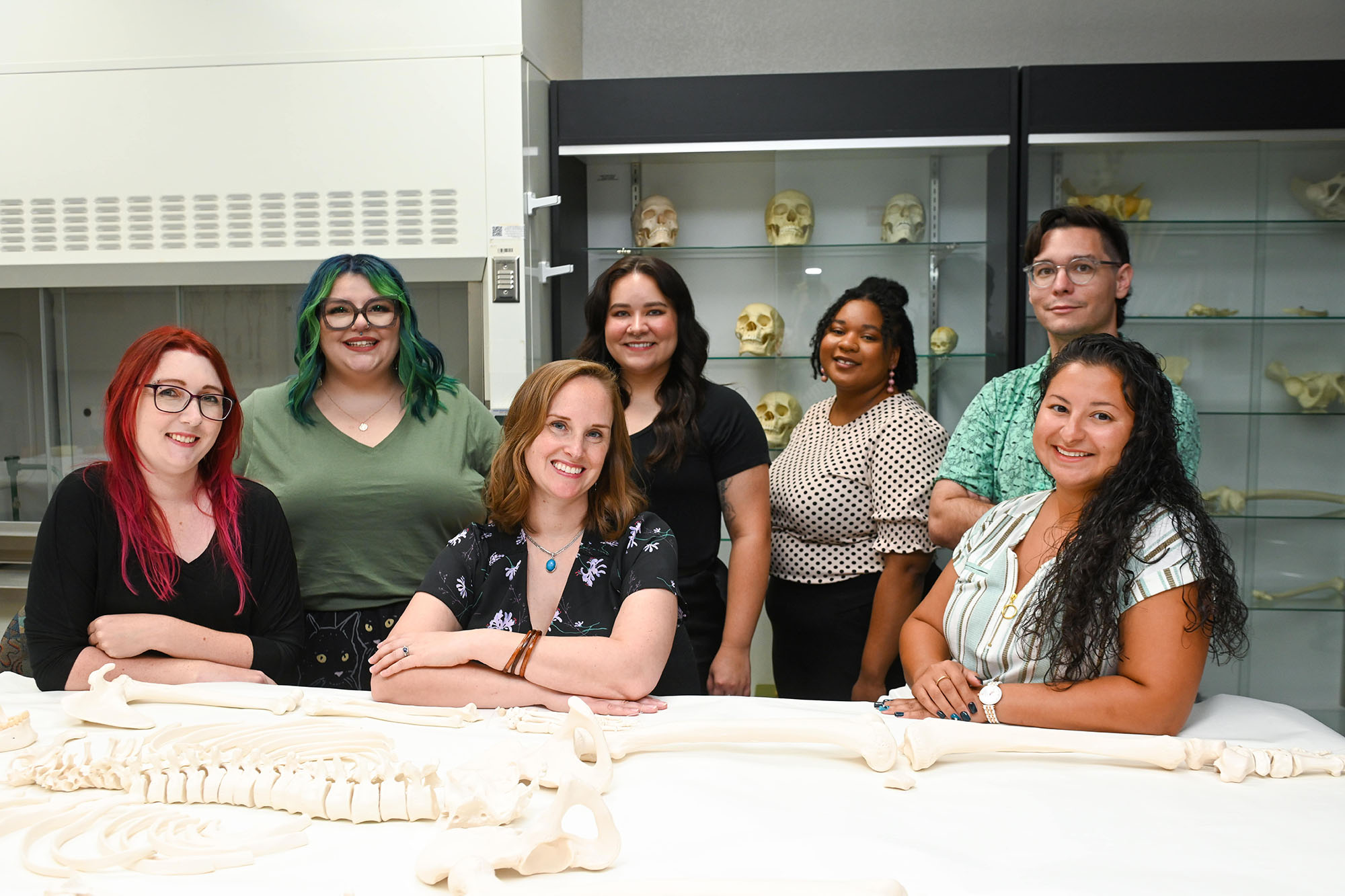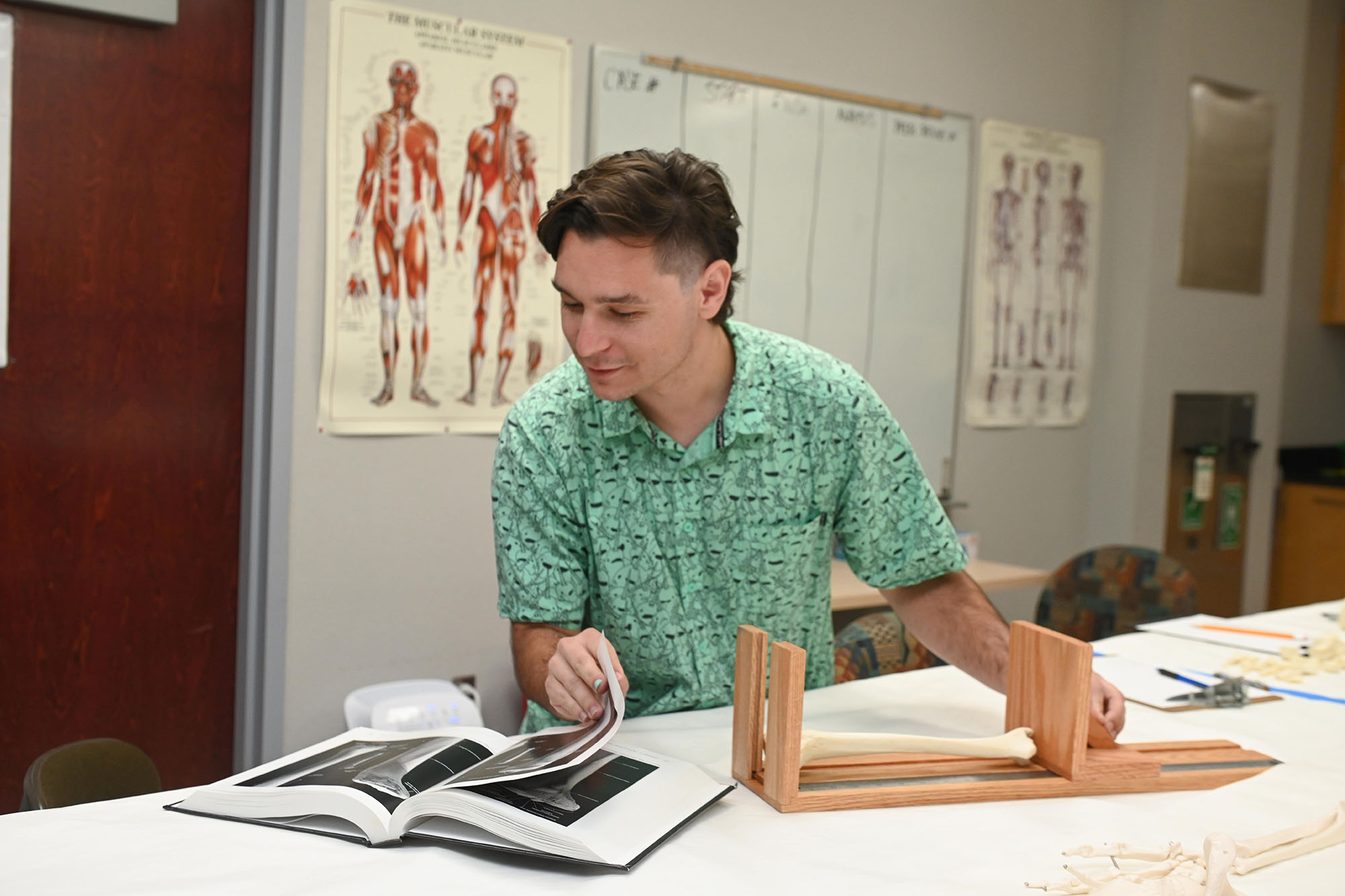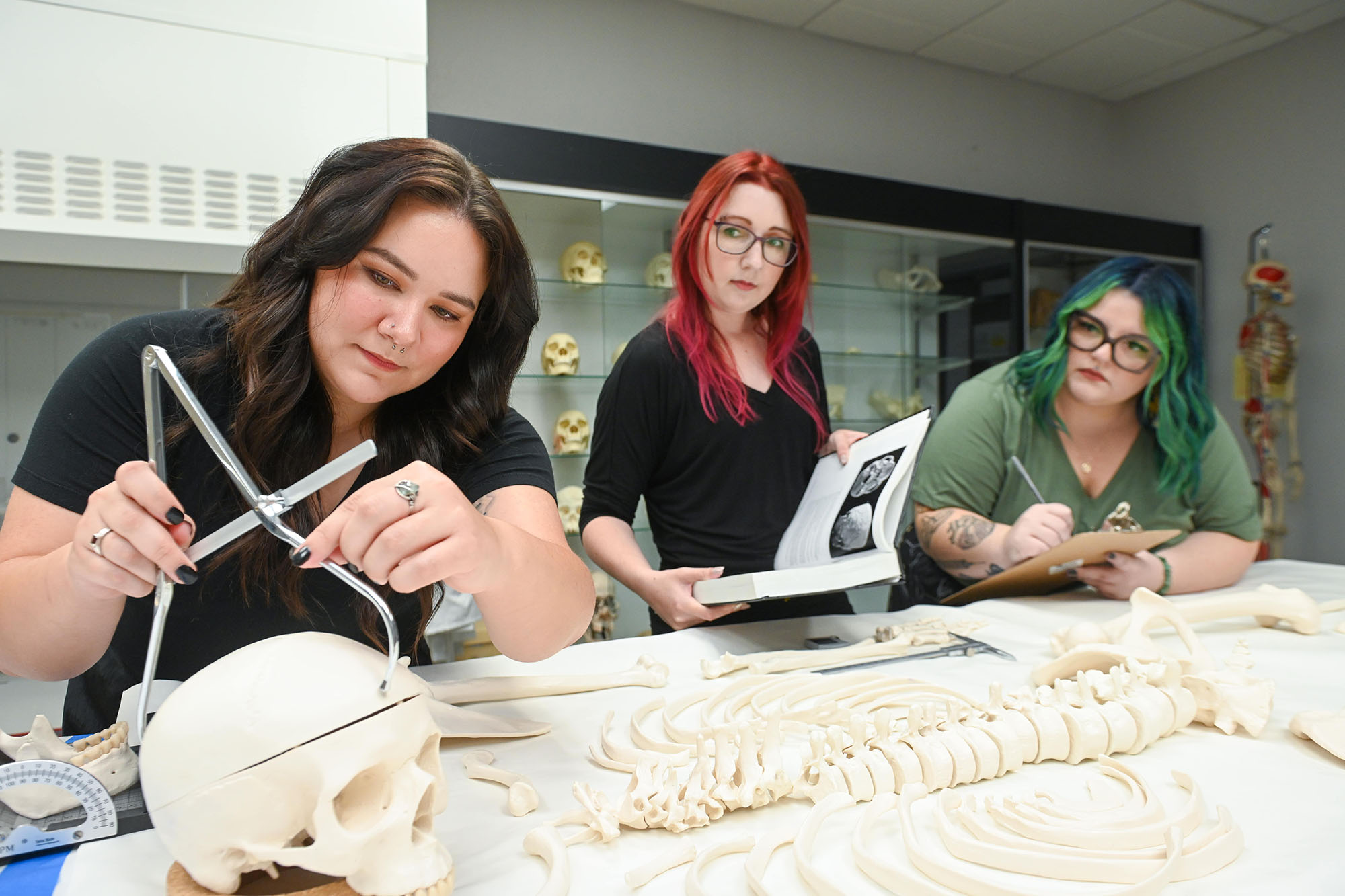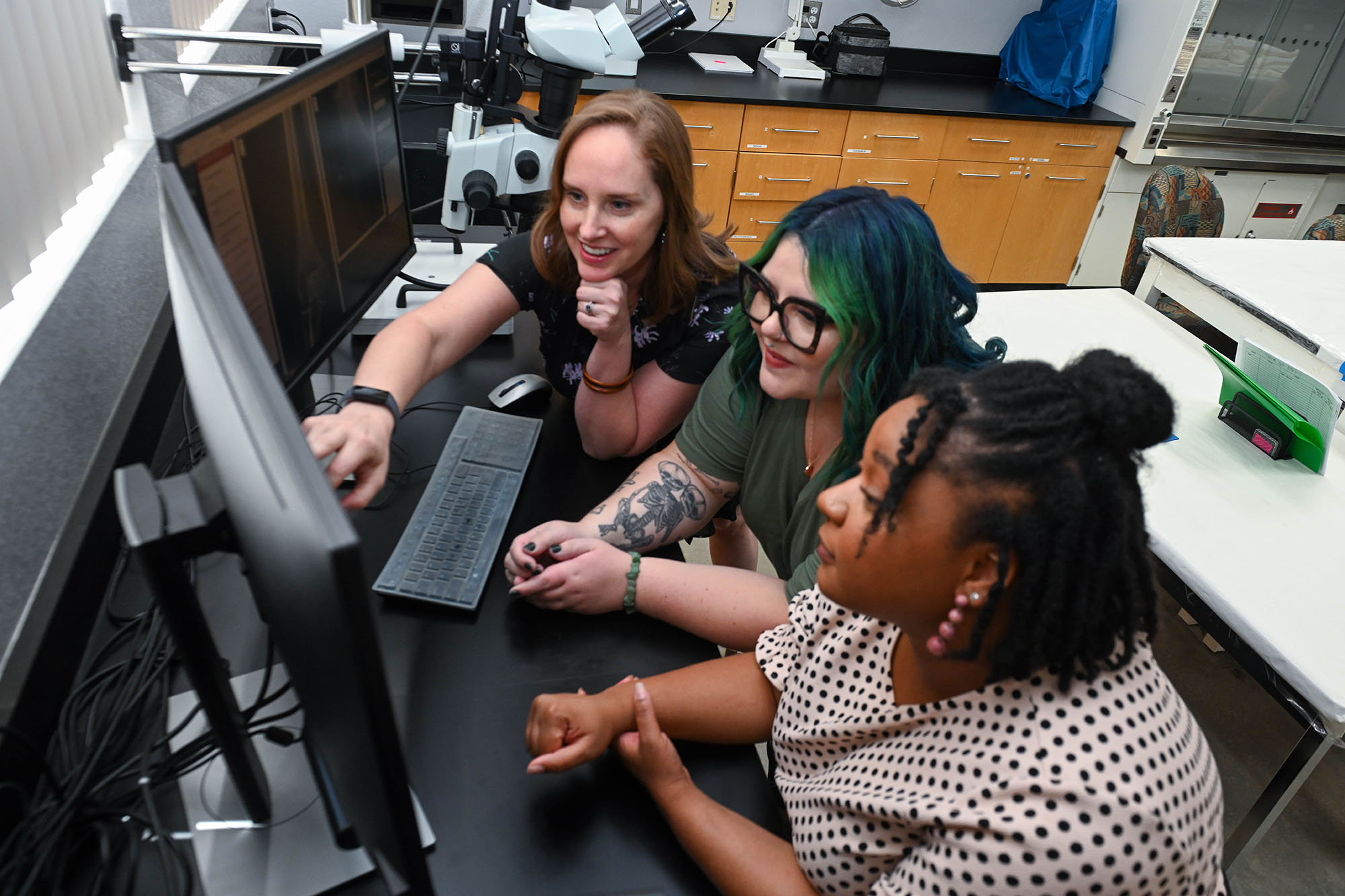Forensic Anthropology and Bioarchaeology Lab
The Forensic Anthropology and Bioarchaeology Laboratory, directed by Jennifer Byrnes, is a recently established (2019) research space dedicated to the analysis of modern and historic human remains. Forensic anthropology as a field of study is the application of methods and theory in biological anthropology to questions related to the medicolegal significance of human remains (see NIST Anthropology Subcommittee and American Board of Forensic Anthropology). Members of the lab assist in consult cases for the Clark County Office of the Coroner/Medical Examiner (CCOCME) under the supervision of the lab director. Assistance includes lab analyses and field recoveries. New research projects include the investigation of the reliability and validity of positive identifications generated from medical imaging, examining issues of public health and structural violence utilizing forensic anthropology case demographics, and paleopathology/trauma analyses from data collected on the Erie County Poorhouse Cemetery (1851-1913). Undergraduate and graduate students interested in participating in any of these research or service endeavors should contact Dr. Byrnes directly to discuss how they can participate as a lab member.
For updates on our laboratory, follow us on Instagram.
Current Students Affiliated with the Lab

Fifth Year Ph.D. Student; Doctoral Candidate
Pronouns: She/Her
Position: Graduate Student Researcher, Volunteer and Mentor
Katherine (Katie's) background is in bioarchaeology and she is primarily interested in how individuals and societies have experienced health and disease in the past. She is currently working as a field osteologist for two active medieval bioarchaeology research sites located in Poland, where her recent research has focused on taking an interdisciplinary approach to the analysis of skeletal biomarkers of stress in order to form a more comprehensive understanding of frailty in medieval Prussia. Currently, her PhD research involves exploring biocultural theories of ageing as they relate to health across the lifespan in order to better understand the lived experiences of elderly adults in both bioarchaeological and forensic contexts.
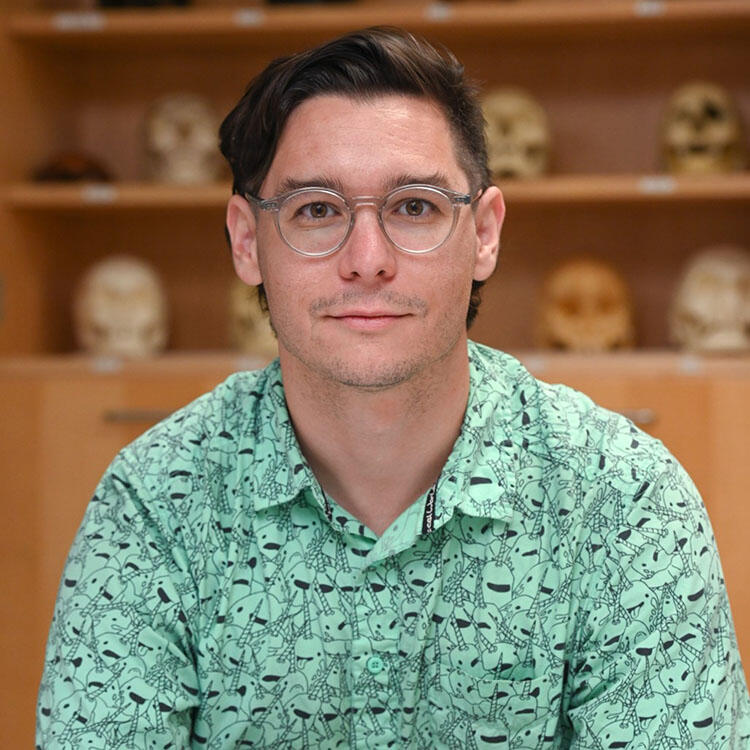
Fourth Year Ph.D. Candidate
Pronouns: He/His
Position: Laboratory Manager and Graduate Student Researcher
Liam is a fourth year doctoral candidate studying biological anthropology with a background in forensic anthropology and geospatial analysis. Prior to attending UNLV, Liam researched 3D computational age-at-death techniques on a modern Portuguese skeletal population. He has more recently conducted research on the spatiotemporal distribution of missing persons cases from Louisiana to aid investigative agencies and recommend spatially informed locations of where to strategically host community centered missing and unidentified persons events. Liam is funded as a Top Tier Doctoral Graduate Research Assistant and in collaboration with the Clark County Office of the Coroner/Medical Examiner intends to further explore the intersections between unidentified and missing persons, public health, advocacy, geospatial technology, and community engagement with his dissertation project titled "Named and Unnamed: A Social Autopsy of Nevada's Missing and Unidentified". Liam is a co-organizer of Missing in Nevada Day, an event that brings together stakeholders involved with missing and unidentified persons and encourages community members to file missing person reports.
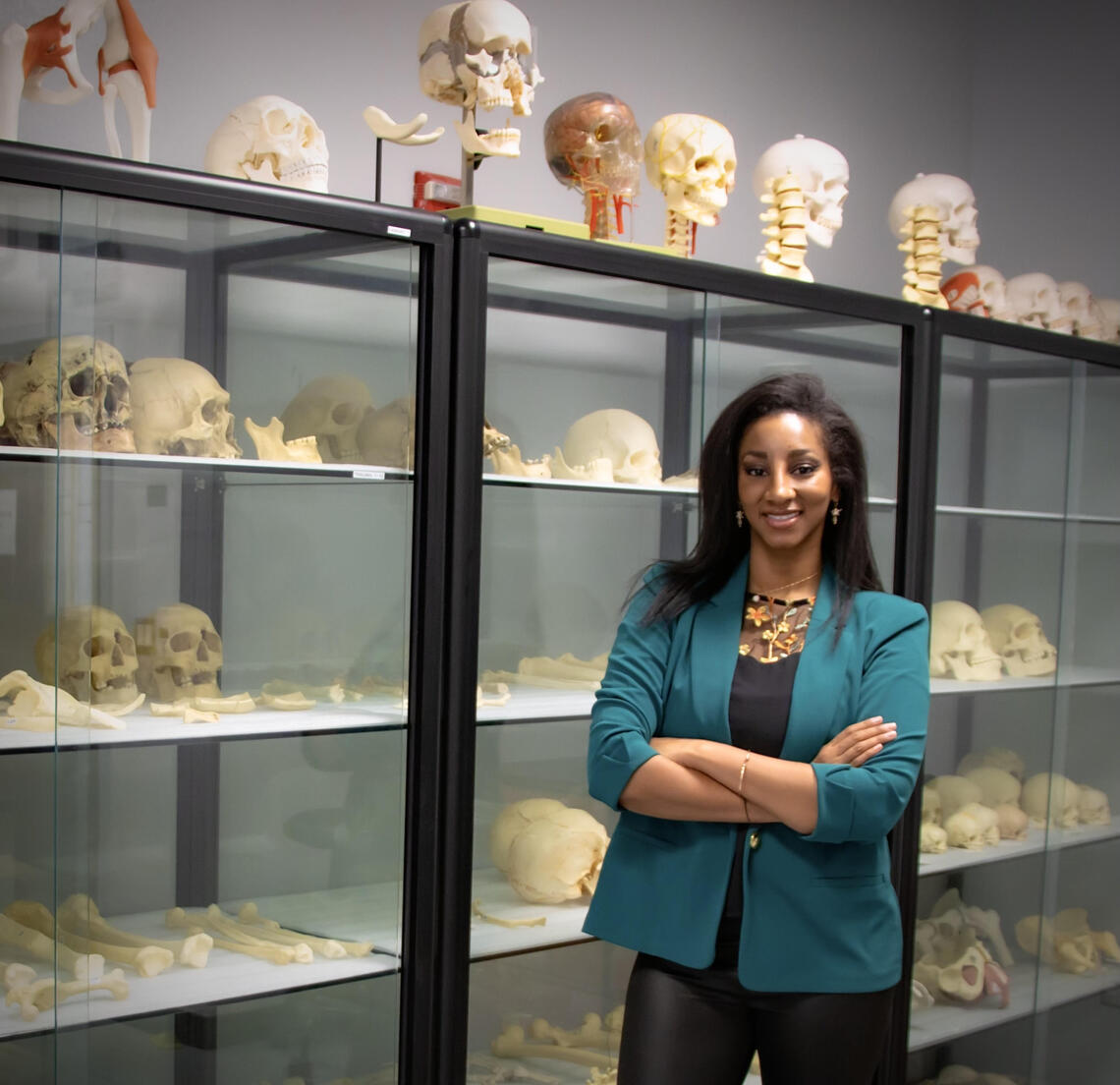
First year Ph.D. Student
Laura holds a Master’s Degree in Anthropology, Forensics Minor with emphases in biocultural anthropology and bioarchaeology. Before returning to academia, Laura worked as a Secretary Of the Interior (SOI) qualified Registered Professional Archaeologist with federal accreditations in Physical/Biological Anthropology and Cultural Collections specializing in legacy projects involving skeletal remains. Laura’s interests explore the application of the forensic anthropological method towards culturally-specific perimortem traumas and skeletal indicators impacting the interpretation of osteological processes in bioarcheological remains to establish a reliable identification method for historically marginalized BIPOC (Black, Indigenous, People Of Color) communities seeking to validate their collective narrative and ancestral heritage. Laura’s hope is that the empirical data garnered from the ethnohistorical, bioarcheological, and forensic analyses empower BIPOC communities to qualify the historiography shaping contemporary narratives, thus inspiring comprehensive discourse to reexamine and redefine stereotypes, attitudes, and beliefs within an existing cultural framework.

Fourth Year Ph.D. Candidate
Pronouns: She/Her
Position: Graduate Student Researcher and Volunteer
Dayanira has a Master of Science degree in Forensic Studies with a concentration on Human Identity & Trauma analysis from Florida Gulf Coast University. Prior to beginning her studies as a doctoral student at UNLV, her training, education, and experience were focused on fragmentary human osteology and forensic anthropology. Her previous research includes the effects of hydrochloric acid on human remains while documenting the pattern of dissolution observed, best practices in curation of human skeletal remains, skeletal manifestations of developmental defects (Goldenhar – Gorlin Syndrome), and postmortem alligator scavenging on human remains. Presently, she hopes to evaluate evidence of disability and impairment on the skeletal remains of the ancient Maya of Palenque, Chiapas, Mexico.

Fourth Year Ph.D. Student
Pronouns: She/Her
Position: Graduate Student Researcher
Kathleen Stansbury is a graduate student at the University of Nevada Las Vegas studying biopower, necropolitics and institutional violence. Her current research centers on violence experienced through interaction with Western biomedical systems, integrating critical medical anthropology and bioarchaeology. Prior to attending UNLV, she focused on state-specific histories of forced sterilization. Her MA project used musculoskeletal markers to consider gendered patterns of labor in systems of violent captivity. She focuses on the use of queer, feminist, and disability theory in biological anthropology.
Laboratory Alumni
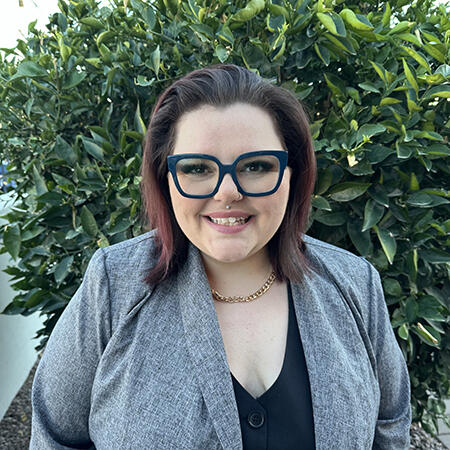
Dissertation Title: Misidentified Bodies and Missing Data: Exploring Forensic Disempowerment and Skeletal Narratives of Transgender and Gender-Diverse Individuals in the United States

Dissertation Title: Looking Back, Looking Forward: Contextualizing Historical Bioarchaeological Accounts with Contemporary Social Issues
Position: Lecturer, University of Tennessee at Chattanooga

"We are not an afterthought": Applying Black Feminist Theory to Forensic Anthropology

Position: Forensic Anthropology Fellow, NYC Office of Chief Medical Examiner

Project: Disability and Impairment of the Hand: Trauma Analysis of the Erie County Poorhouse Cemetery
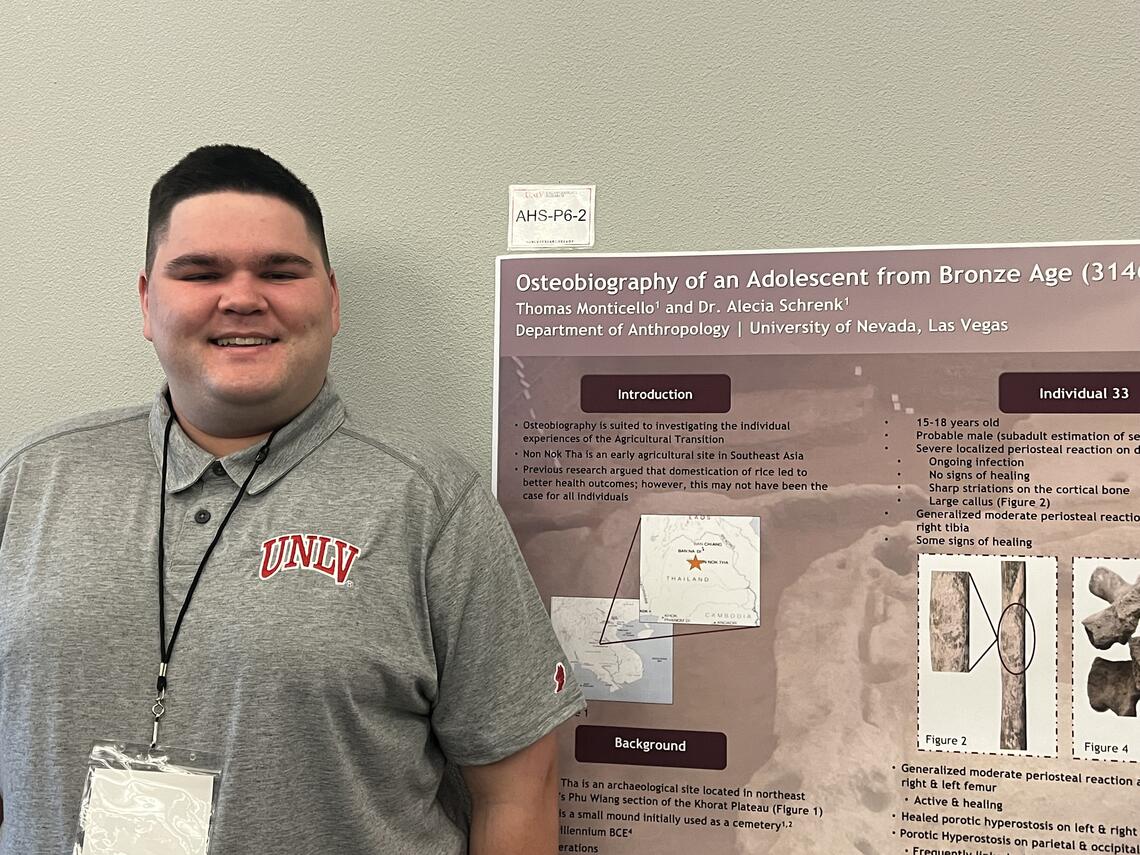
Project Title: Reliability and Validity of Radiographic Comparisons for Positive Identification

Project Title: Reliability and Validity of Radiographic Comparisons for Positive Identification
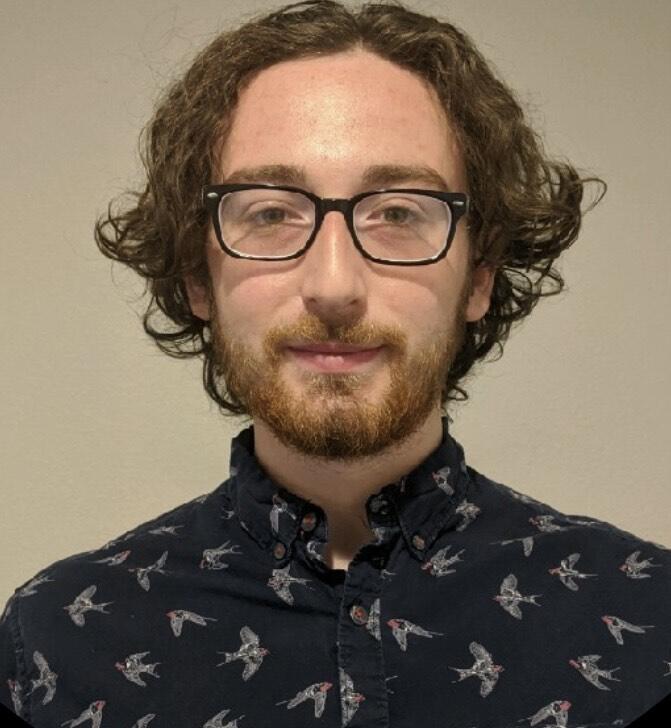
RAMP Project: A Social Autopsy of Maternal and Infant Mortality Rates from the Milwaukee County Poor Farm Cemetery (MCPFC)

Assisted with Grant: Reliability and Validity of Radiographic Comparisons for Positive Identification.
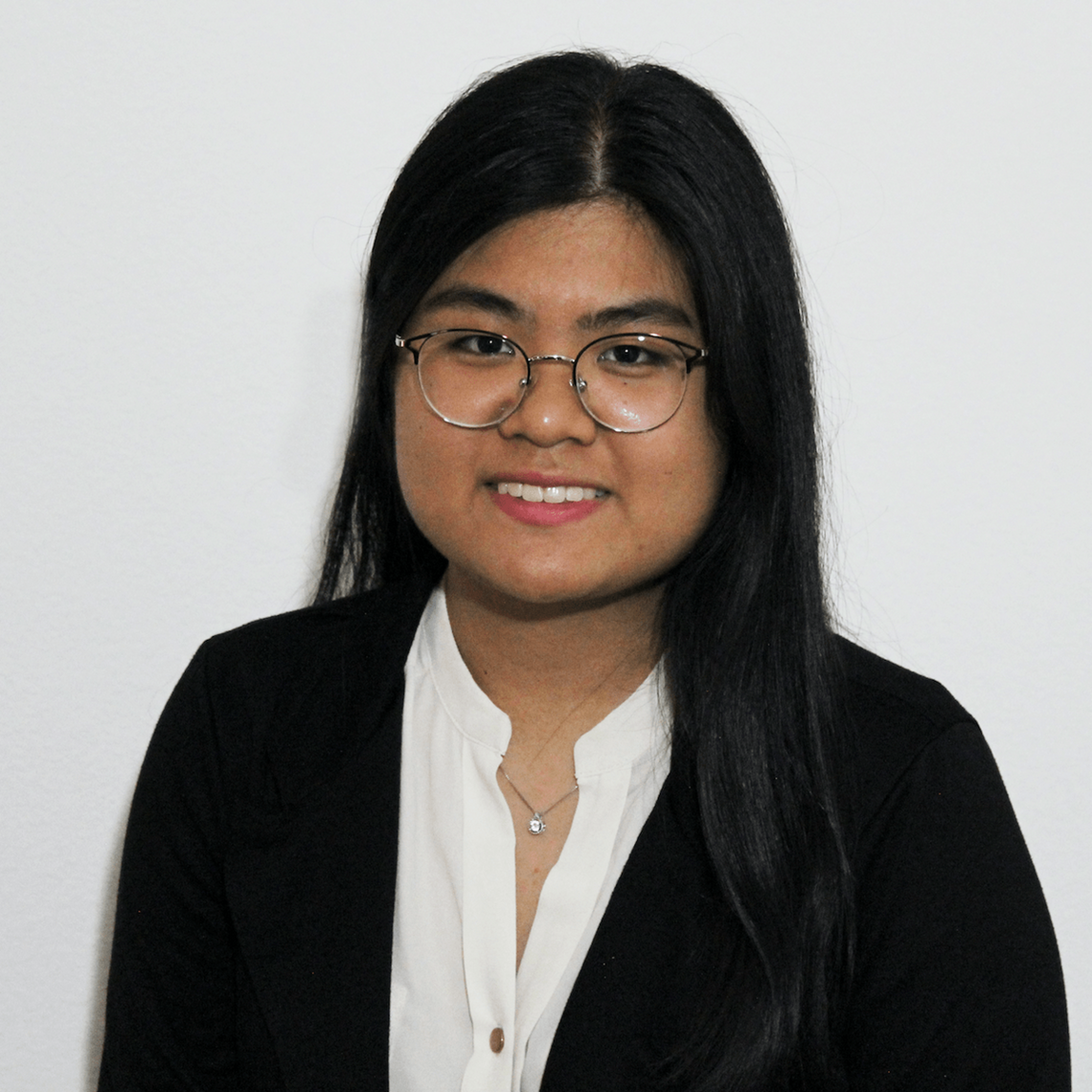
RAMP Project: The Intersection of Systemic, Interpersonal, and Postmortem Violence: A Global Analysis of Transgender Decedents

Project Title: Reliability and Validity of Radiographic Comparisons for Positive Identification

Project Title: Blood on the Brain: A Preliminary Investigation of Endocranial Reactions in the Erie County Poorhouse Cemetery
Project: Preliminary Analysis of Periosteal Reaction of the Tibia in the Erie County Poorhouse Cemetery (1851-1913)
Comparative Trauma Analysis between Erie County Poorhouse and Colorado State Insane Asylum
Ongoing Research Projects
The FAB Lab (PI Byrnes) received a National Institute of Justice grant to investigate the reliability and validity of positive identifications generated from medical imaging, which includes a subaward with the Forensic Anthropology Center at Texas State (FACTS) (Co-PI Gocha). The award is over a two year period (2022-2023) and will fund multiple students within the UNLV FAB Lab and FACTS. The primary goals of this project are to 1) assess the validity of radiographic comparisons on anatomical locations typically found in antemortem radiographs (e.g., knee, shoulder); 2) assess the utility of quantifying positive identification based on anatomical locations typically found in antemortem radiographs; 3) develop standards and minimum number of concordant features for generating positive identification through anatomical areas typically found in antemortem records; and 4) assess the relationship between education and experience level in regards to reliability of making radiographic comparisons.
This project is a compilation of multiple studies investigating the use of the Structural Vulnerability Profile (SVP) in forensic anthropology casework. Our studies focus on multiple demographics subject to structural vulnerability, including transgender and gender non-conforming people, the elderly, those with embodied stress and poor health, and racial groups subject to minoritization.
The Erie County Poorhouse (ECPH) cemetery was excavated in 2009 and again in 2012 at the University at Buffalo. The Buffalo Plains ECPH used the cemetery between the years 1851 and 1913, primarily for individuals who died at the institute and were not claimed by family/friends for burial elsewhere. Ongoing research from the archived skeletal analysis documentation includes projects with a focus on paleopathology and traumatic injuries. Students have used these data to present at the Paleopathology Association as well as the American Association of Biological Anthropologists annual conference.
Our Lab In the News
UNLV Media Coverage of Our Lab
Article Spotlight
- A child left behind: Malnutrition and chronic illness of a child from the Erie County Poorhouse Cemetery
- Multi-agent scavenging patterns in Hawai‘i: A forensic archaeological and skeletal case study
- The Bioarchaeology of Structural Violence
- Case Studies in Forensic Anthropology
- Evaluating Evidence in Biological Anthropology
- Speaking of Sex: Critical Reflections for Forensic Anthropologists
